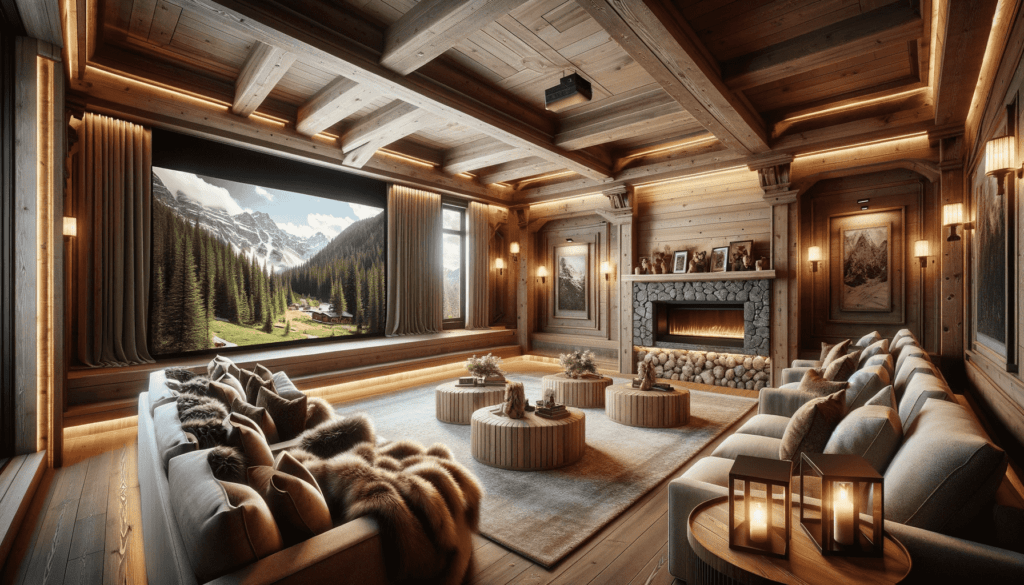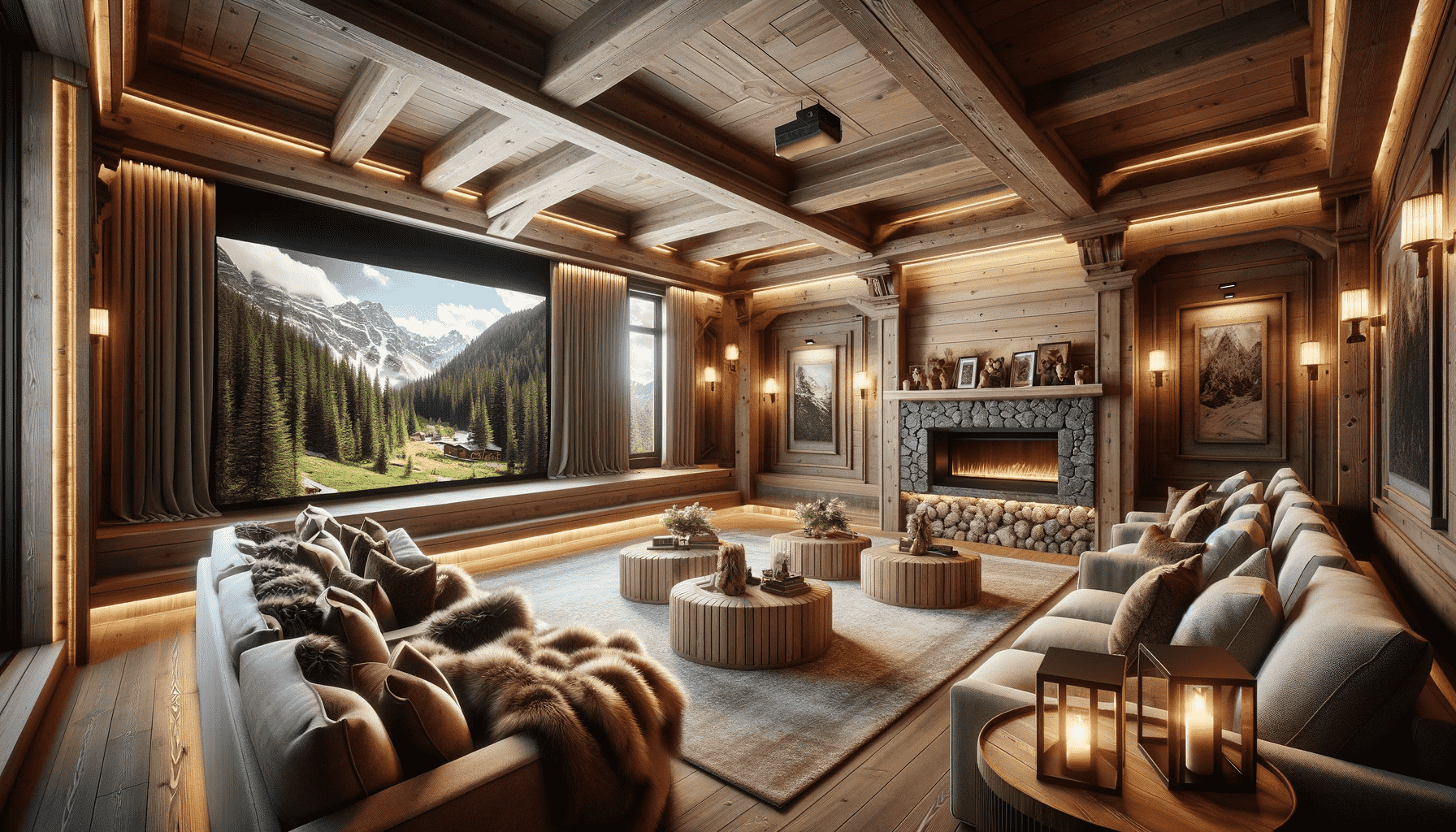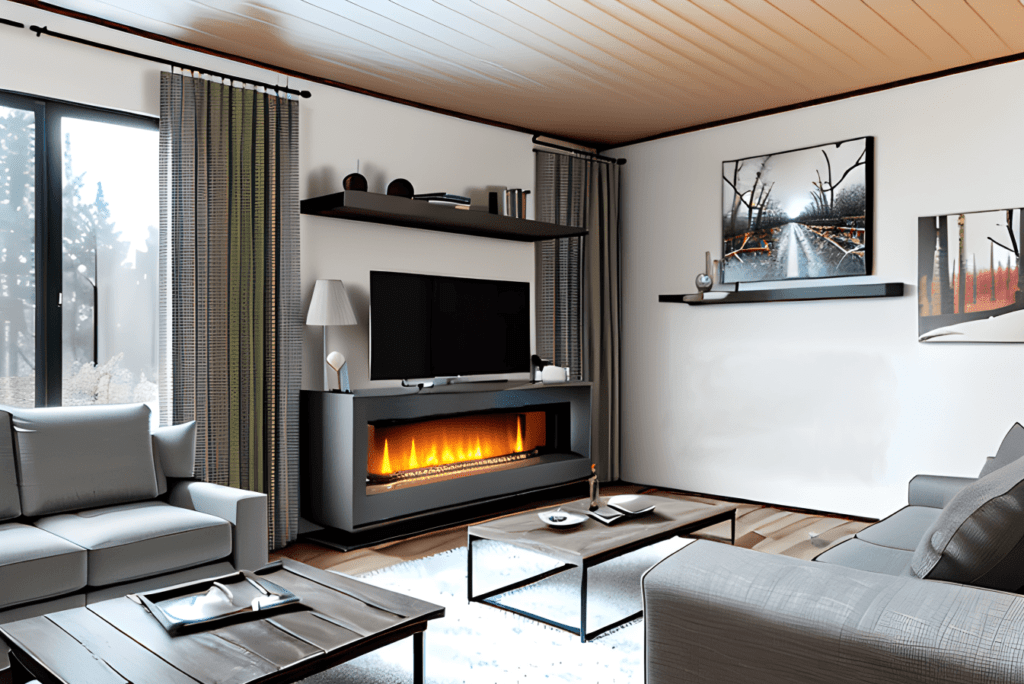You are thinking of using a projector in your living room, or have decided to dedicate a room in your home to watching movies. By browsing the web and informing yourself, you may have already noticed that there are so many projectors that differ enormously in both price and size, with the same technical characteristics that are at first sight very similar to each other. We can say that, although all video projectors are machines with the function of making moving images visible on the screen, they differ in the result based on the technology with which they are made. Projectors also have a very wide range of uses: they are found in our homes but also in museums, schools, offices, outdoors and of course… in cinemas!
It is the manufacturers themselves who categorize the projectors based on their ideal use, but for example by choosing a projector suitable for a certain type of room in terms of projection size, brightness, use and price range you still find yourself having to make a decision, and choose between the two main technologies: LCD or DLP. We can divide these two categories into 1-chip DLP and 3-chip DLP, and LCD and LCoS in order to have a complete overview of the possible choices.

Single-chip DLP:
DLP technology (by Texas Instruments) is most likely the most widespread in the world. Thanks to a micromirror processor and a multicolor wheel (replaced by 3 RGB LEDs in some models) it is able to offer very rich colors, without the need to invest a high budget. However, it should be taken into consideration that in cheaper or poorly designed models the so-called “rainbow effect” can result annoying and ruin your vision. In fact, single-chip DLP projectors do not project the colors all together, but each image is projected first with its blue colors, then with its green colors and then with its red colors. These three projections occur at a very fast frequency and therefore the image appears in full color on the screen, however the human eye is very fast in its movements, therefore it may be that by moving your head or even simply blinking you see some rainbow stripes on images, more easily where light colors are combined with very dark colors. In order to improve this technology, projectors with more complex color wheels have been created over the years, which include more colors such as the addition of yellow for example, or the use of magenta, cyan and yellow colors instead of traditional RGB. There are also color wheels that have all six of the previously mentioned colors. The best-made single-chip DLP models (which curiously often do not coincide at all with the most expensive ones) manage to reduce the rainbow effect to such an extent that this is imperceptible to most people.
Single chip DLP technology is particularly widespread in Home Theaters because it allows a very wide and above all defined color range, furthermore when viewing in the dark the rainbow effect is even more difficult to see. Laser TVs almost always use single-chip DLP technology, and typically not with a color wheel but with three RGB LEDs flashing in turn. Results may vary, and it is recommended to see with your own eyes how a single chip DLP projector works before making the choice so you can be sure of your purchase, since the perception of the rainbow effect is strictly subjective.
3-chip DLP:
It is the technology used in almost all digital cinemas and in many advanced home cinemas. The rainbow effect cannot exist since the RGB rays are all projected at the same time using a separate chip for each of them. The three colors are generated with a prism starting from a white light lamp, or with the use of three LEDs. The advantages of 3-chip DLP technology are many, and today it is considered the best solution available, however it is very expensive. Vivid colors, but above all
they can be calibrated in an extremely faithful to reality way. When compared to LCoS technology, it has the advantage of not aging. A 3-chip DLP projector is a machine ready to work for many years without any type of image quality degeneration.
6-chip DLP:
The new frontier of digital imaging. A millionaire budget is needed to create a Home Cinema room with a projector of this technology, and the result is undoubtedly exceptional.
LCD:
This is the first digital video projection technology ever invented, and it has developed a lot over the years. Currently, it can be compared to the DLP system in many ways. It’s the right choice if your projector budget isn’t huge and you feel the rainbow effect of single-chip DLP projectors, since LCD projectors don’t have this problem. Many manufacturers combine 3LCD technology with powerful lamps, and this allows for very bright projectors to be used even in non-darkened rooms. The color level is not that of DLP projectors, although this is changing: the new 3LCD projectors produce
images that are completely comparable to their DLP competitors in both color and cost. One disadvantage of LCD panels is that they deteriorate over time. It is important to carefully choose the right product as in some cases the aging of performance can be very rapid. Furthermore, for the same investment, LCD technology can generally not produce such a good level of contrast like a DLP projector.
LCoS:
Relatives of LCD technology, LCoS projectors offer significantly superior quality to both LCD and single-chip DLP. However, they are almost exclusively suitable for darkened or poorly lit rooms. The cinematic effect is guaranteed, and for many years to come. They are cheaper than 3-chip DLP projectors, but are still quite expensive and fall into the mid to high range. With time, just like LCD panels, they can deteriorate but in new products this now happens very slowly (over decades even with frequent use). The depth of the blacks and the quality of the colors can reach impressive levels in the
best made models, and for this reason they are the products we recommend most to our customers.
We have now given an overview of the main video projection technologies, but be careful, each projector is different: only the advice of an expert will best guide you.
If you intend to create your own multimedia room, rely on experts: we at Celestial.Video take care of creating high-level audio and video systems with attention to a quality result.
Contact us for advice at this link.







